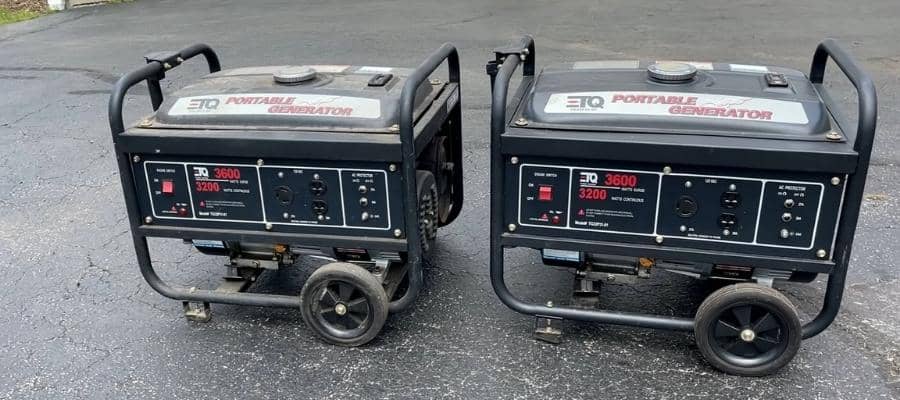
In the mid-17th century, a man by the name of James Watt improved the steam engine’s configuration. There was a lot of wasted energy in the previous design. His model for steam engines was improved in 1781 in order to make them more efficient.
The Watt Steam Engine was the name he gave to his creation. Engine technology had advanced by the late 1800s. The discovery of Faraday’s law led to the construction of the world’s first dynamo generator in 1832 by Frenchman Hippolyte Pixii.
The first alternator was also accidentally developed by him. For the time being, he focused on eliminating the alternating current in order to obtain direct current (DC).
Despite the fact that the dynamo was the very first electrical generator capable of supplying power to industry, batteries remained the most powerful technique to generate electricity for the following 30 years.
To the humiliation of the emerging field of electric power, an electric train running from Washington DC to Baltimore failed. Steam proved to be the better power source even after millions of dollars were spent. A long way to go before engineers could make electricity seem safe and viable.
We now have Antonio Pacinotti to thank for all of this. First continuous DC power was produced in 1860 by Pacinotti’s dynamo. Later, Werner Von Siemens and Charles Wheatstone developed a more powerful and practical dynamo by replacing the weak permanent magnet with a self-powered electromagnet.
In 1871, a turning point in electricity’s fortunes was reached. To improve the flow of magnetic flux, Zenobe Gramme inserted an iron core into the magnetic field. An rise in the dynamo’s power level allowed it to be used in a variety of commercial applications.
After Gramme’s discovery, the number of dynamo designs skyrocketed, but only a few stood out as being more efficient. It was in 1876 when Charles F. Brush developed the most reliable and efficient dynamo. It was the Telegraph Supply Company that marketed his innovation.
Within a few years, the Ganz Company began utilizing alternating current generators in modest commercial installations across Budapest, and by 1880, Charles F. Brush had over 5000 arc lights in operation, accounting for over 80% of all lamps in use globally.
However, with DC dynamos dominating the market, people were hesitant about investing in AC generators. Before AC power could compete with DC on a market, the control and distribution systems needed to be greatly enhanced.
Finally, by the end of the century, AC systems with greater control and stronger electric motors were created in the United States, Germany, and other countries. Official recognition of three-phase AC power as the optimum method for power generation and distribution was given in 1891 at the Frankfurt International ElectroTechnical Exhibition (IETE).
As a result of the commercial and financial support available, major generator manufacturers such as Westinghouse, Siemens, and General Electric have made significant advancements in generator design.
AC v. DC power
Exactly how do AC and DC power differ from one another? Alternative currents are used in the form of Alternating Current (AC). This is a name derived from the fact that electrons travel up and down in a sine wave pattern. In DC, electrons move in a straight line. AC electricity is the most popular source of power nowadays, hence most generators today use AC power.
What about Modern Day generators?
Companies like GE, Siemens, and Westinghouse began manufacturing generators in the early 1900s, making them more widely available. An engine-generator is a new design that combines the engine and generator into a single unit.
Engine, fuel tank (or fuel supply), voltage regulator, and starting mechanism (which may include a battery and starter) are all components of a simple generator.
Portable and large-scale generators are both available. They are capable of running on propane, natural gas, or gasoline, depending on the manufacturer.
Read Next:
